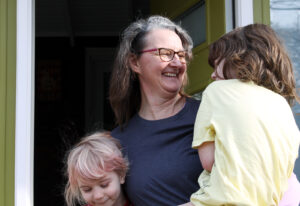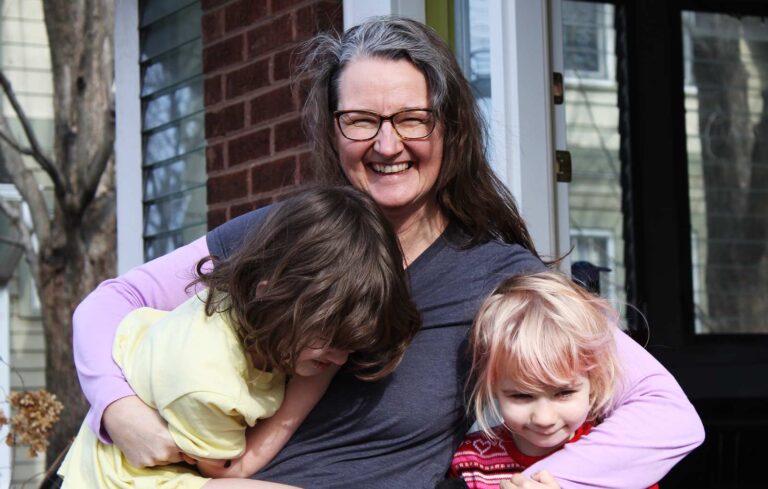CHAMPAIGN — The federal Centers for Disease Control and Prevention has halved the number of days of isolation recommended for those sick with COVID-19. Illinois school districts have not made that change – yet.
The difference has caused enough confusion among parents that the Champaign Unit 4 School District superintendent had to email out a reminder that local isolation and quarantine still lasts 10 days.
“Our guidelines have not changed. They have been in place since last fall. ISBE and IDPH have not updated school guidance,” says Margee Poole, nurse administrator for Unit 4.
The Illinois State Board of Education has not changed the 10-day quarantine, because until Thursday, the CDC had only updated its guidance for the general public – not for schools.
The CDC did update its school guidance on Thursday to halve the quarantine period. It is unclear whether the state will follow. ISBE did not return requests for comment on the update on Thursday.
Poole says families frequently get confused about the rules.
For now, the general rule of thumb is to stay home for ten days. Those who test positive for COVID-19 isolate from others for ten days. Those who were in close proximity to that person quarantine at home for ten days.
The fully vaccinated can skip the quarantine after possible exposure, as long as they don’t have any symptoms. The district does recommend that this group tests for COVID on the fifth day after the exposure.
Read detailed state instructions on quarantine and isolation here.
Poole has one request for families as they navigate these rules – please be nice to school staff.
“Nurses are working very hard in a very stressful time. Kindness is always appreciated,” Poole says.
Families weather multiple quarantine periods

COVID-19 cases in classrooms have made this year chaotic for some students.
Champaign first grader Thijs Ryan only studied in-person at school for 15 days last fall.
He studied from home by choice for the first quarter, as a disability-related accommodation. As soon as he returned to Booker T. Washington STEM Academy in the second quarter, though, he had to quarantine twice in a row. Each time, his family kept him home a little longer than required, to help him transition.
His mother, Shawna den Otter, says switching back and forth between home and school is difficult for Thijs.
“Because of his disability, big changes are hard, so we just added the extra day or two onto the quarantine and then we had the Thanksgiving break,” den Otter says.
Thijs had the option to do one hour a day of online school during his quarantine periods. However, virtual school had been so challenging the previous year that his family opted out.
In school, Thijs has an aide just focused on him and his disability. When Thijs goes remote, den Otter fills that role while trying to work from home too.
“It was me having to sign into four different Zooms every day and trying to keep him interested. It was just very difficult to chase him around with the laptop. He was listening, but he absolutely wasn’t interested in participating,” den Otter says.
Thijs learned in person from February to May in 2021. When the family tried to restart remote class in the fall, Thijs wasn’t having any of it. After den Otter signed in, Thijs would close the computer and conclude, “All done.”
So den Otter knew remote school during the quarantine would be more trouble for the teachers than it was worth.
She’s not worried about her son’s academic progress. She is confident that teachers will meet him at his level since he already has an Individualized Education Program (IEP) for his disability. In addition, she is hiring someone outside of the district to work with him.
“We’re okay because we have the resources to be okay,” she says.
Fortunately, both Thijs and his 5-year-old sister will be fully vaccinated by the end of this week. That means they will no longer need to quarantine if a classmate falls ill.
Emily Hays is a reporter for Illinois Public Media. Follow her on Twitter @amihatt.

